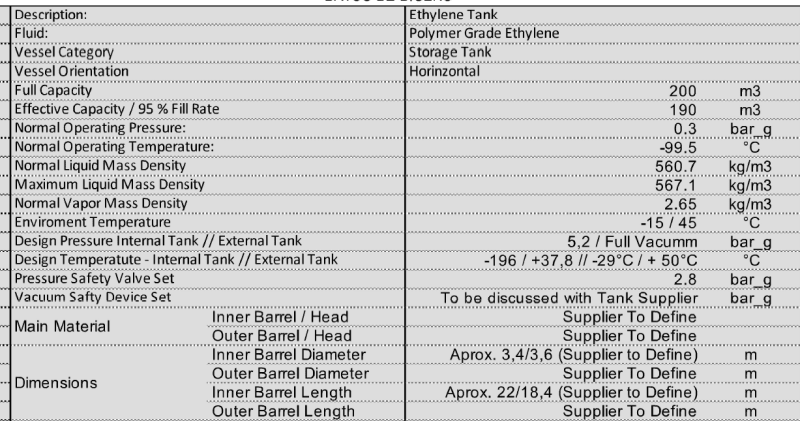-
1
- #1
Pedro Losino
Mechanical
Good morning, I am starting the design of a double-walled horizontal pressure vessel to store ethylene. For temperature reasons, to avoid boiling of the ethylene, a double-walled container is proposed, with a vacuum in the annular space to act as an insulator. The design code needs to be ASME 8. Studying the code has raised doubts about the design process to follow. I understand that the internal container is designed by internal pressure, and the external container by external pressure, contemplating in the latter case a design pressure a little higher than atmospheric.
I appreciate any opinion on this, thank you!
I appreciate any opinion on this, thank you!

